No description yet: Can you help?
Ezra Stiles and Morse Colleges, Yale University
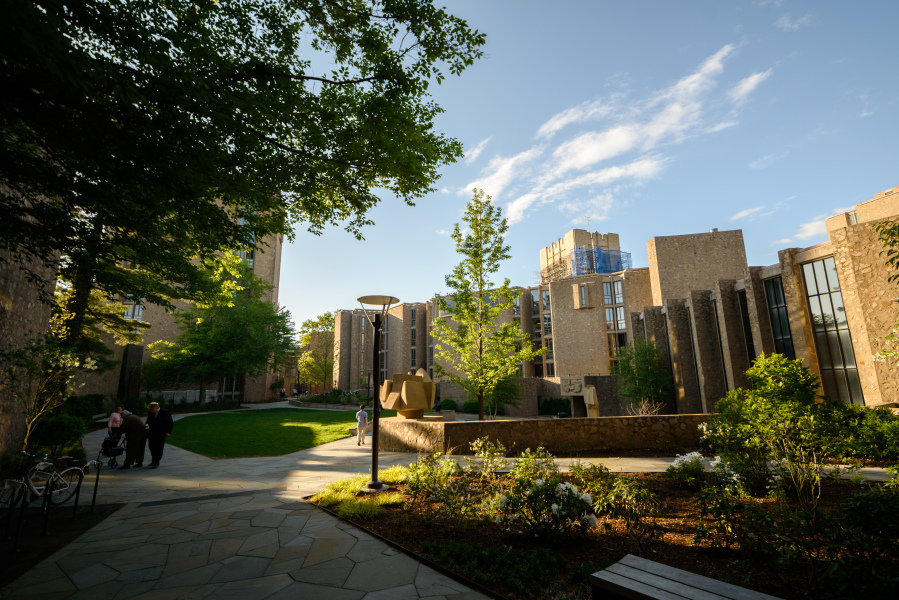

No description yet: Can you help?
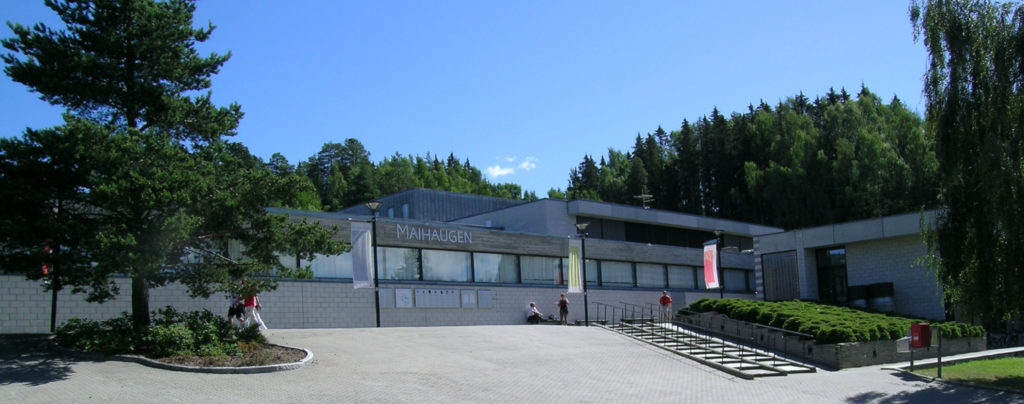
Banham writes: “The museum might well be regarded as an attempt to find an ideal solution for a difficult site, and it sports a certain amount of ‘brut’ concrete on its exposed roof-slabs. But in a world of architecture as small as that in Norway,…
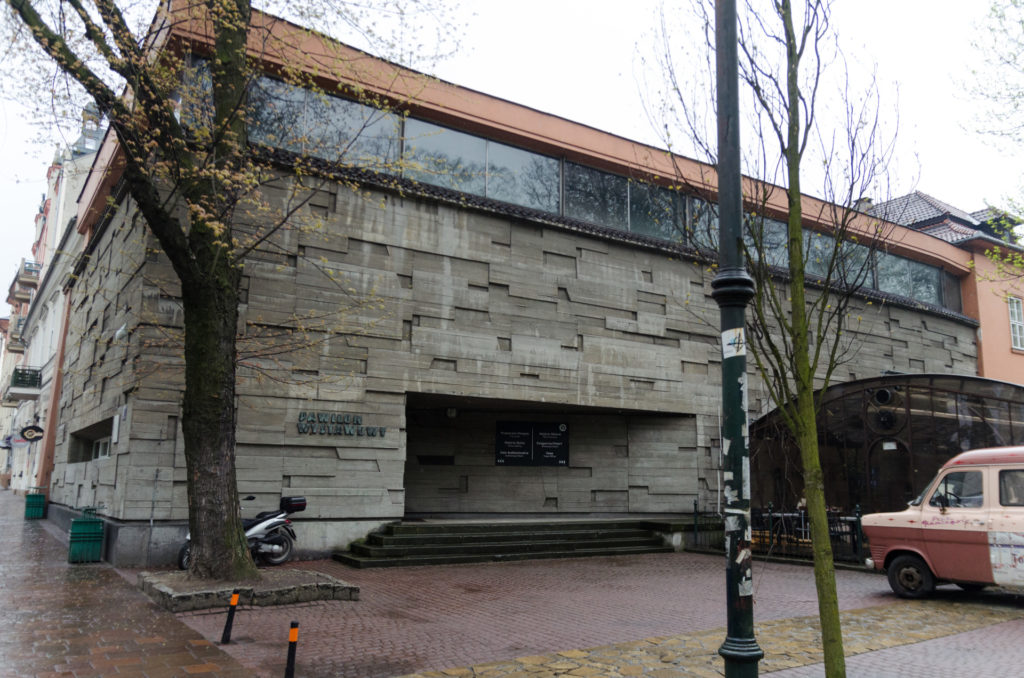
No description yet: Can you help?
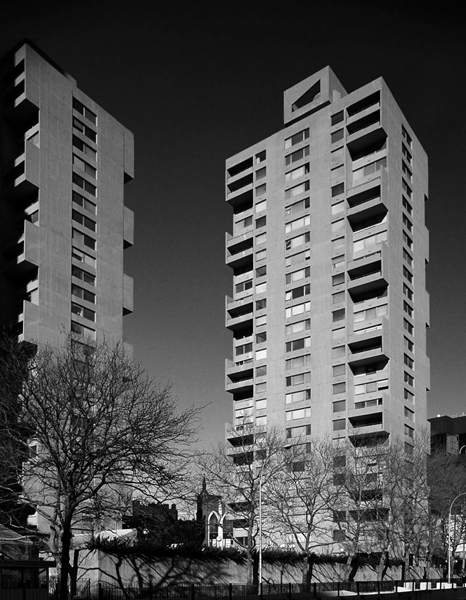
No description yet: Can you help?
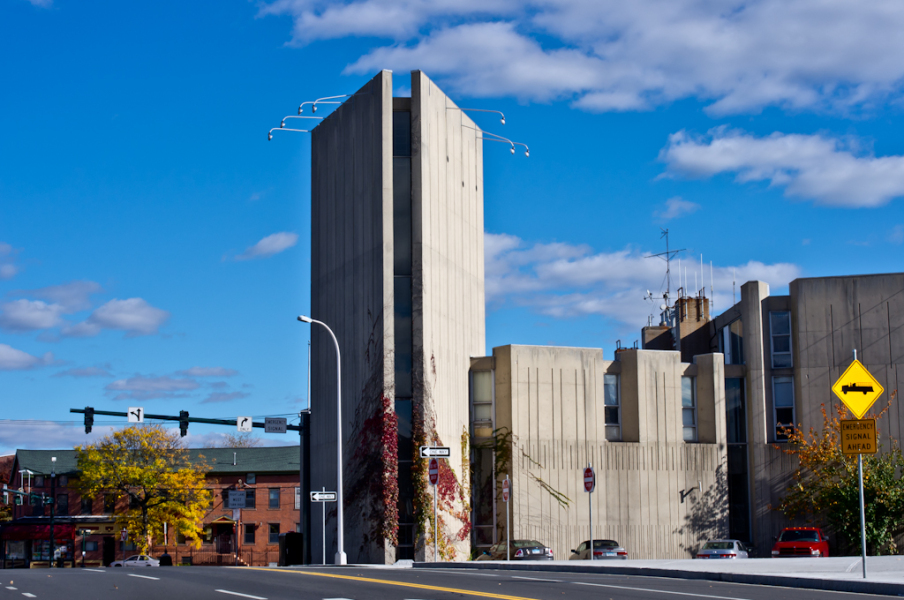
Like the Temple Street Parking Garage, the fire station is also part of the new urban fabric for New Haven. Alongside its immediate purpose it also served thanks to its monumental scale as an architectural landmark for the district.
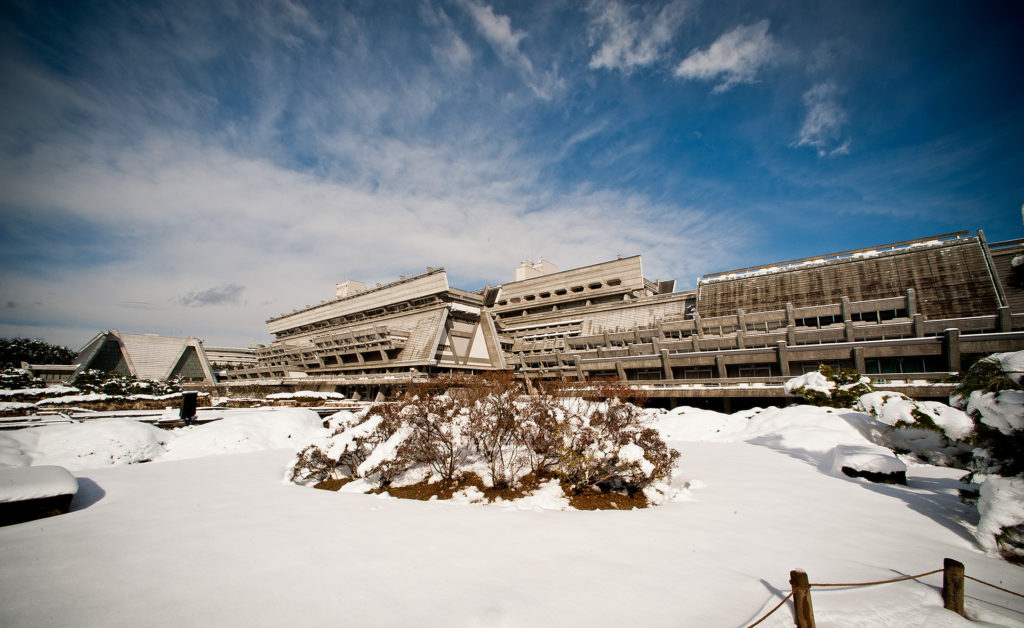
Otani’s design won the major competition, for which there were almost 200 entries. Otani chose a trapezoidal shape as the basis for the huge conference center. The shape is repeated on different scales and thrusts throughout the complex. The different…
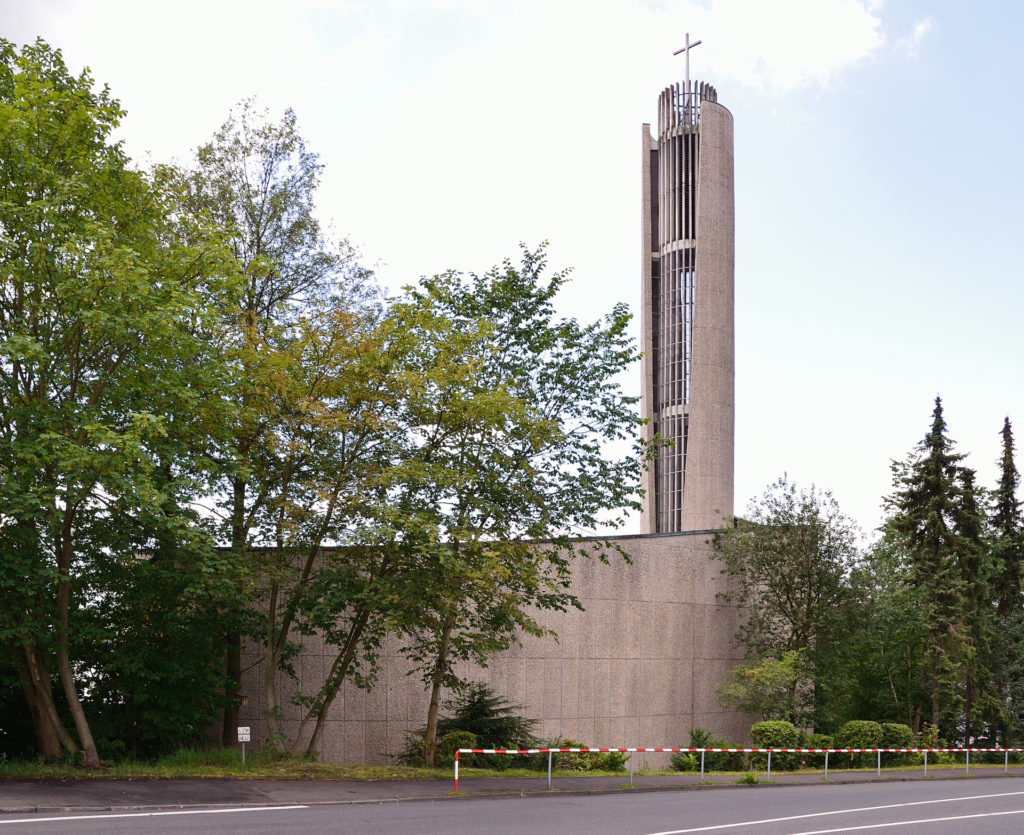
No description yet: Can you help?
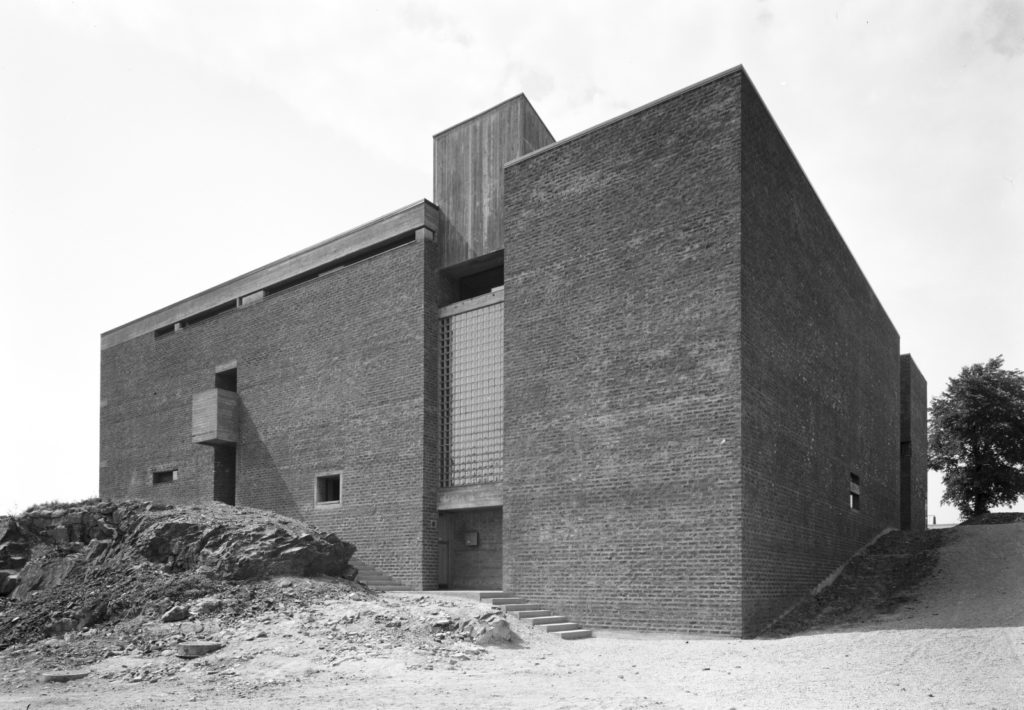
Lund + Slaatto chose the square floor plan and rectangular design language to respond to the surrounding housing blocks. The most unusual feature is the inverted, asymmetrical dome which supposedly arose from a certain kind of space age sensibility the …
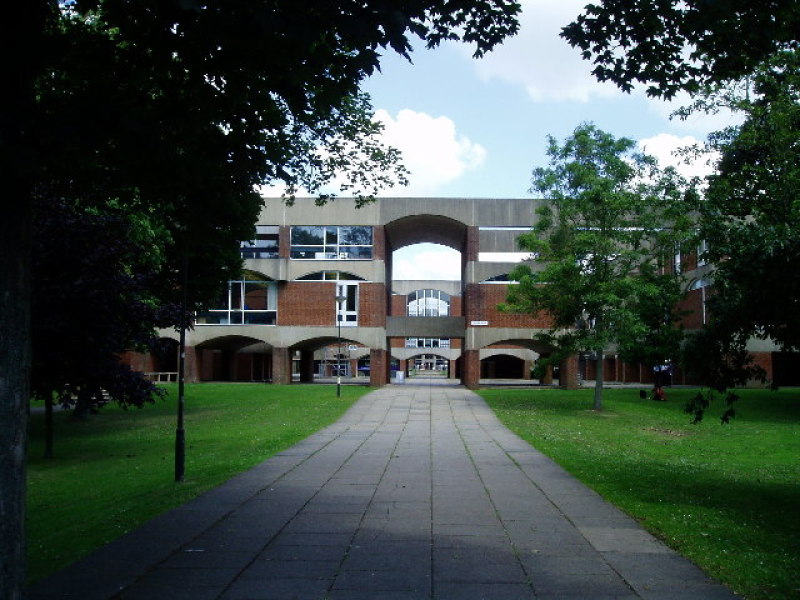
No description yet: Can you help?
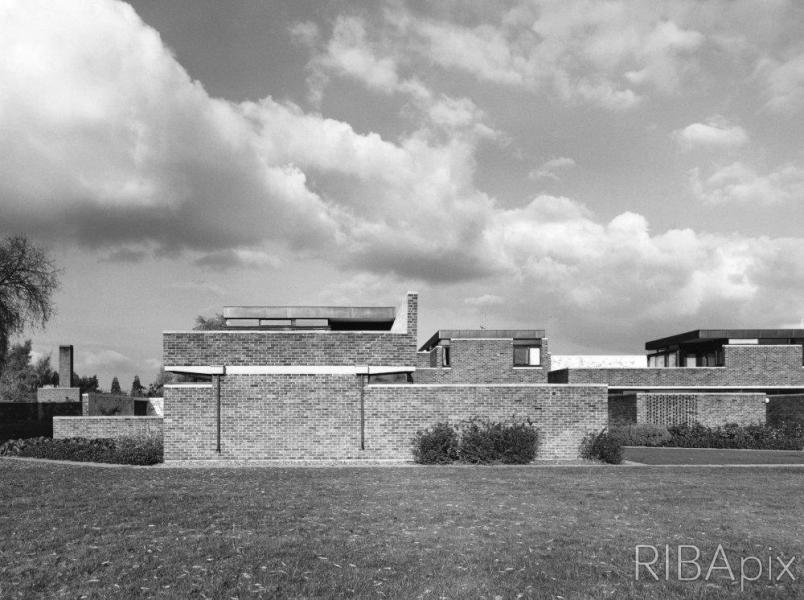
This college is a memorial to Sir Winston Churchill and his belief in a scientific future. The requirement was a college for 60 fellows and 540 students. In the corner of the sloping site is a group of twenty Fellows’ flats, which was the first stage …
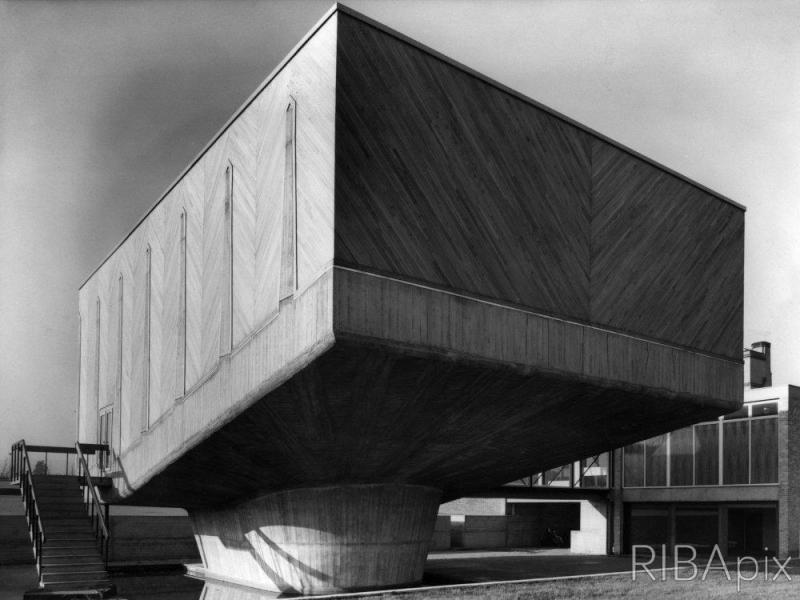
No description yet: Can you help?
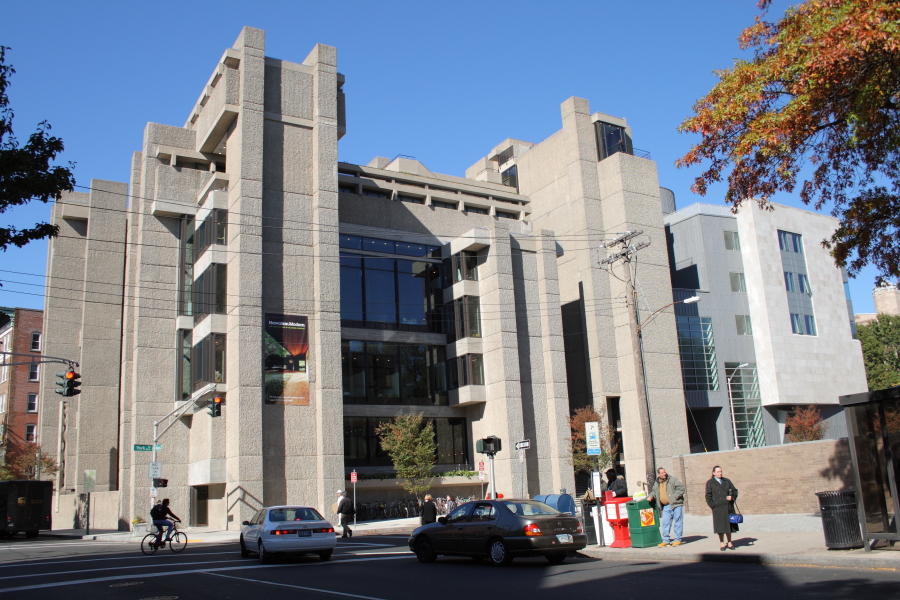
Highly controversial among the experts from the outset. Nikolaus Pevsner was the speaker at the opening, but was skeptical to the point of almost being impolite. The building responds in terms of urban fabric to the introverted Yale Art Gallery by Louis…
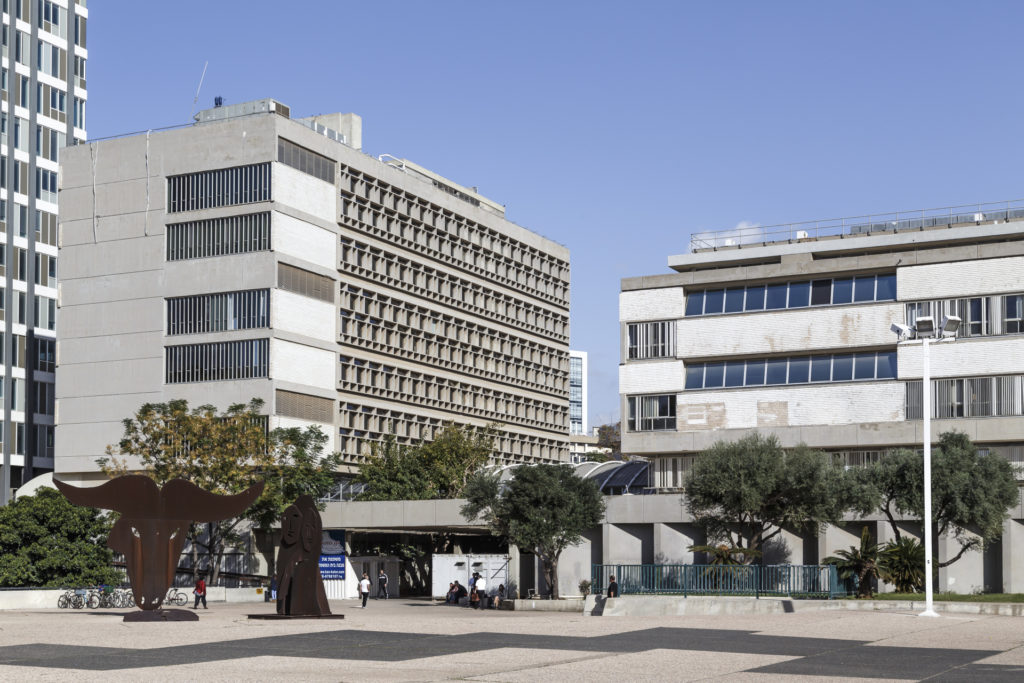
No description yet: Can you help?
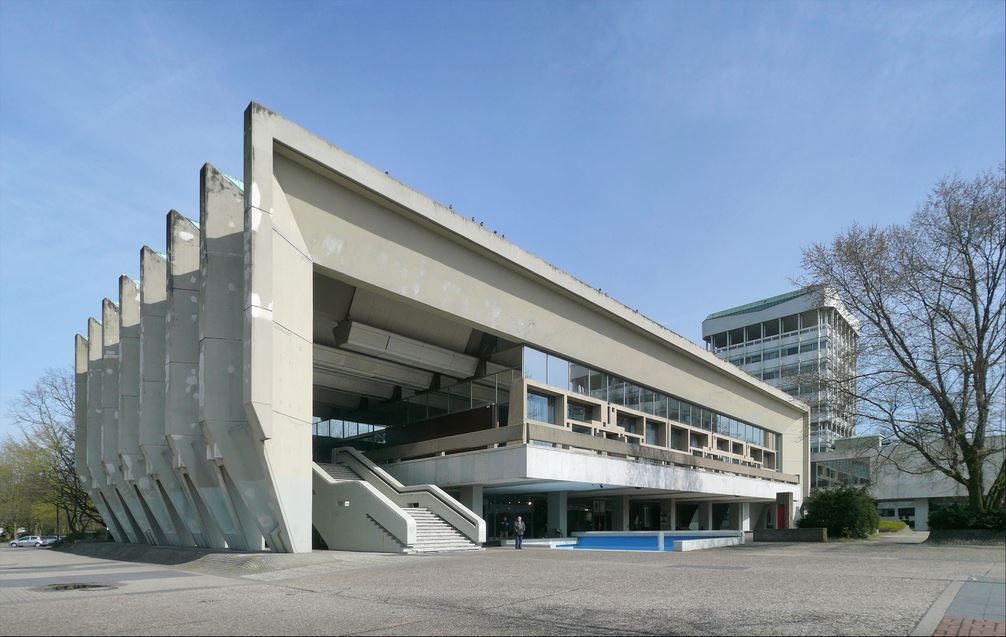
No description yet: Can you help?
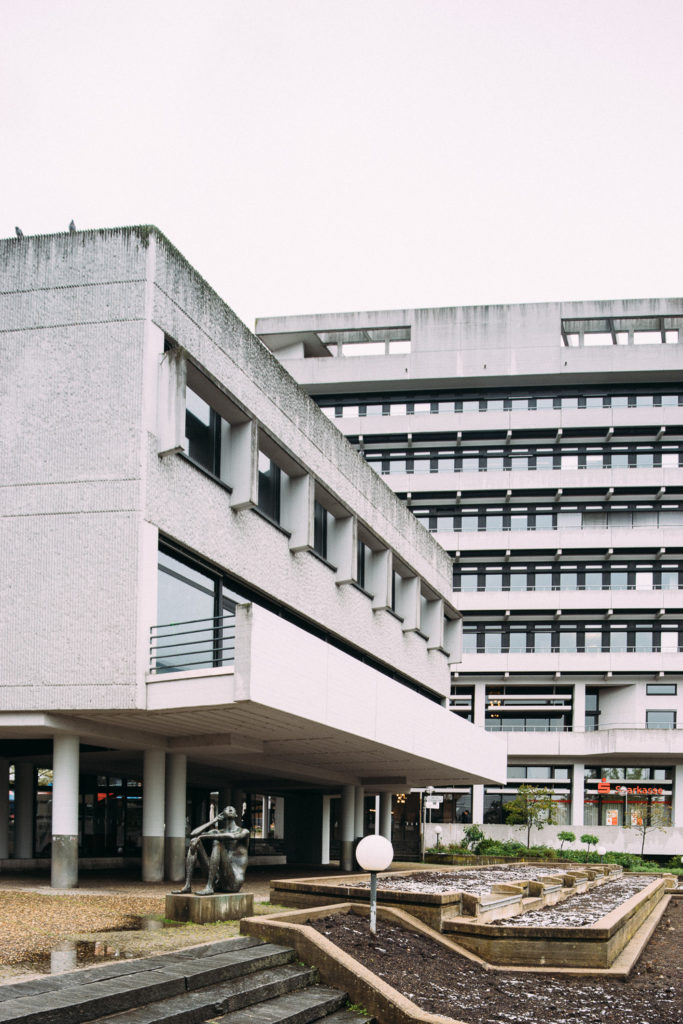
Town hall replacing old town hall and adjacent buildings destroyed in 1945 British air raid. A competition was held between 1959 and 1963. Construction started in 1968.
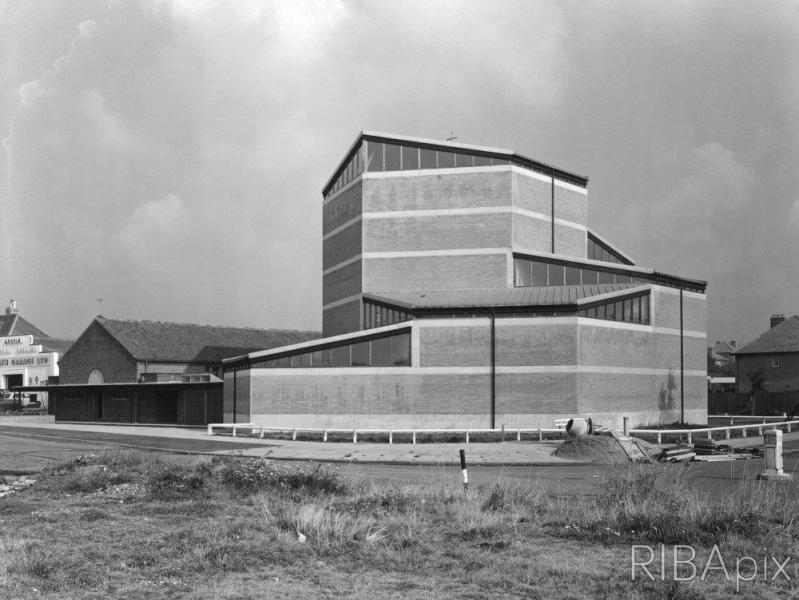
The design with its central plan points both to the architects’ own work and to historical building traditions. An overly high central shaft provides light and a central sanctuary.
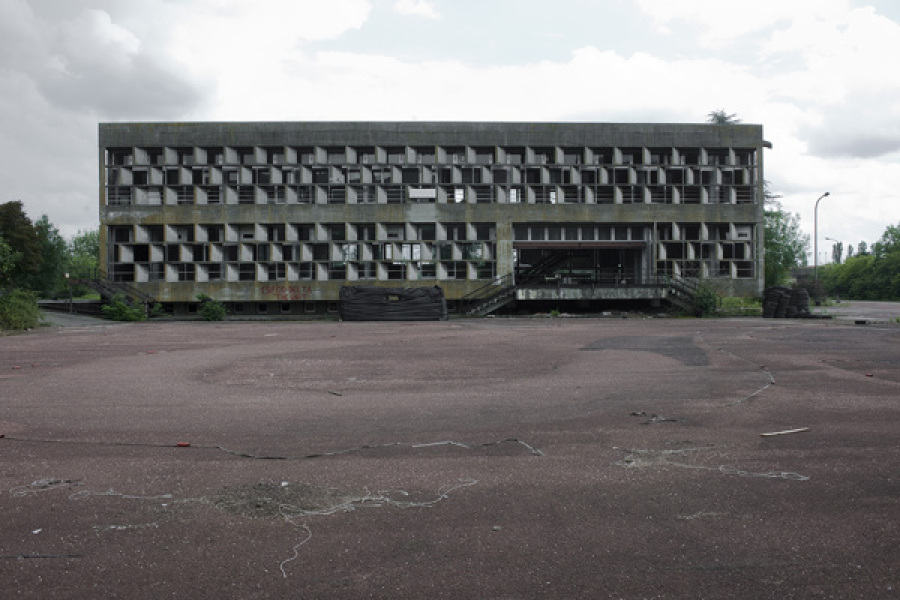
Alberto Galardi designed this building as four connected volumes, all rendered in exposed concrete. Most notable are the concrete fins which create a grid prepending a glass façade while protecting the interior from the sun. This solution is reminiscen…

No description yet: Can you help?
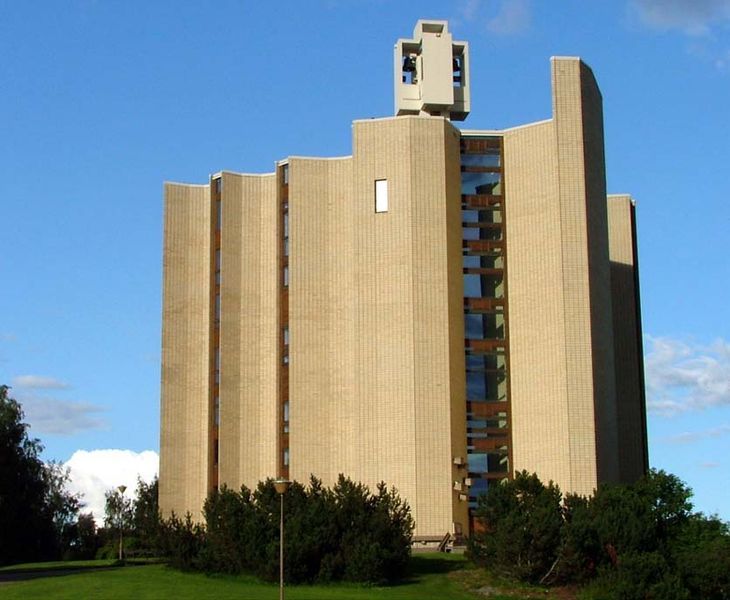
No description yet: Can you help?
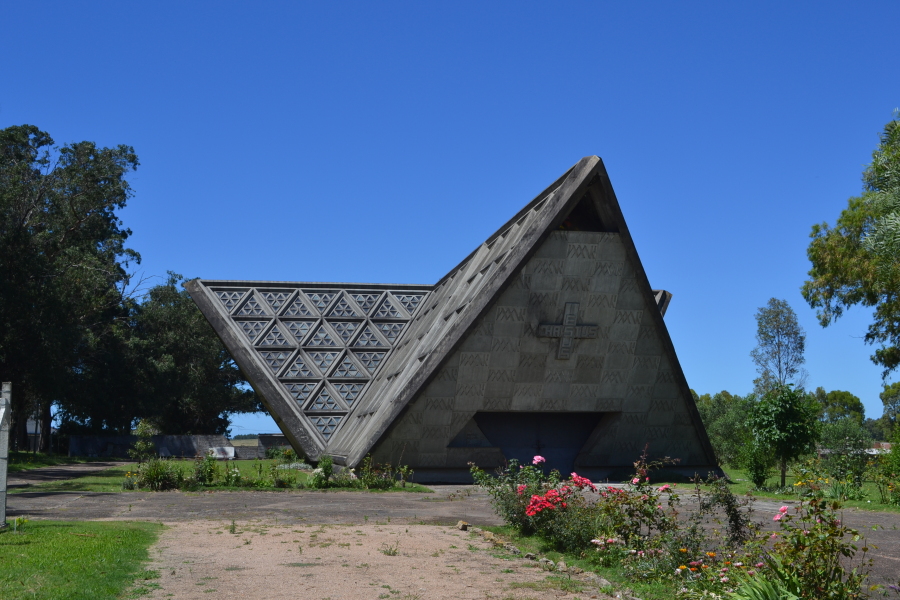
No description yet: Can you help?